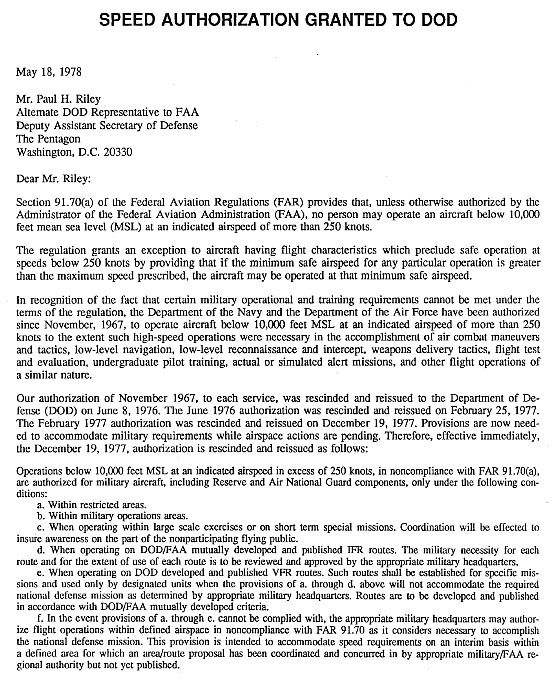Yes, given that Part 91 contains numerous exemptions for military aircraft, saying that they don't apply to military aircraft seems unsupportable. For instance:
§ 91.175 Takeoff and landing under IFR.
(a) Instrument approaches to civil airports. Unless otherwise authorized by the FAA, when it is necessary to use an instrument approach to a civil airport, each person operating an aircraft must use a standard instrument approach procedure prescribed in part 97 of this chapter for that airport. This paragraph does not apply to United States military aircraft.
Why have this exception if the FARS as a whole do not apply to military aircraft?
During a previous discussion, Hacker posted a copy of an exemption given by the FAA for some activity or another, so it seems the more accurate statement is that Part 91 regulations apply unless some other arrangement is reached with the FAA.
I can't speak about other military services, but I can about the Army. The FAR's do apply to Army aircraft except where specifically exempted, as you mentioned.
I've been retired for a few years, but having been an Instructor Pilot and Flight Examiner for most of my 23 years in the Army, I do have experience in this. The wording in the current version of AR 95-1 has not changed in many years. A couple of examples below.
While the FAA cannot directly impose sanctions on Army pilots, if a pilot is suspected of violating a FAR, it will be reported to the Army through appropriate channels and action, if called for, will be taken, and the results forwarded to the FAA. I personally served several times as the investigating officer for pilots accused of violating FAR's.
Again, I have no experience with other branches of service.
AR 95-1
1–6. Deviations
a. Individuals may deviate from provisions of this regulation during emergencies.
b. Individuals who deviate from the provisions of this regulation,
Federal Aviation Administration (FAA), or host country regulations must report details of the incident directly to their unit commander. The incident must be reported within 24 hours after it occurs.
c.
Violations of Title 14 Code of Federal Regulations (CFR), International Civil Aviation Organization (ICAO), host country, and military aviation regulations will be treated per paragraph 2–13.
2–13. Flight violations
Policies and procedures for reporting and investigating alleged flight rules violations follow: a. Violations.
Any violation of FAA, International Civil Aviation Organization (ICAO), host country, and/or any other pertinent aviation regulation will be reported. Any person witnessing or involved in a flight violation involving
civil or military aircraft will report it as soon as possible. (1) Violations by military aircraft should be reported to one of the following: (a) The commander of the unit, activity, or installation if known, to which the aircraft belongs. (b)
The DAR of the FAA service area in which the alleged violation took place. (See AR 95–2 for addresses.)

